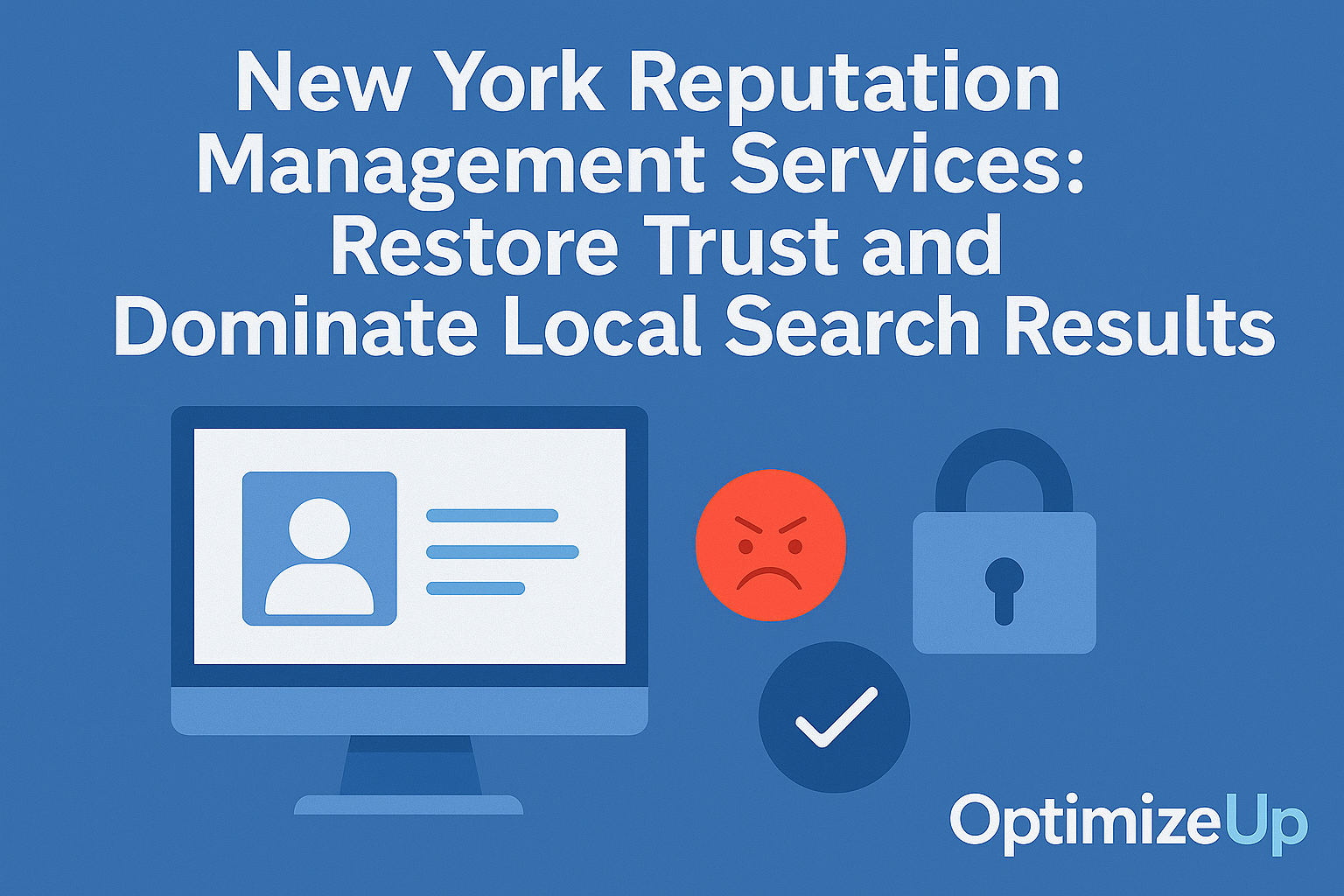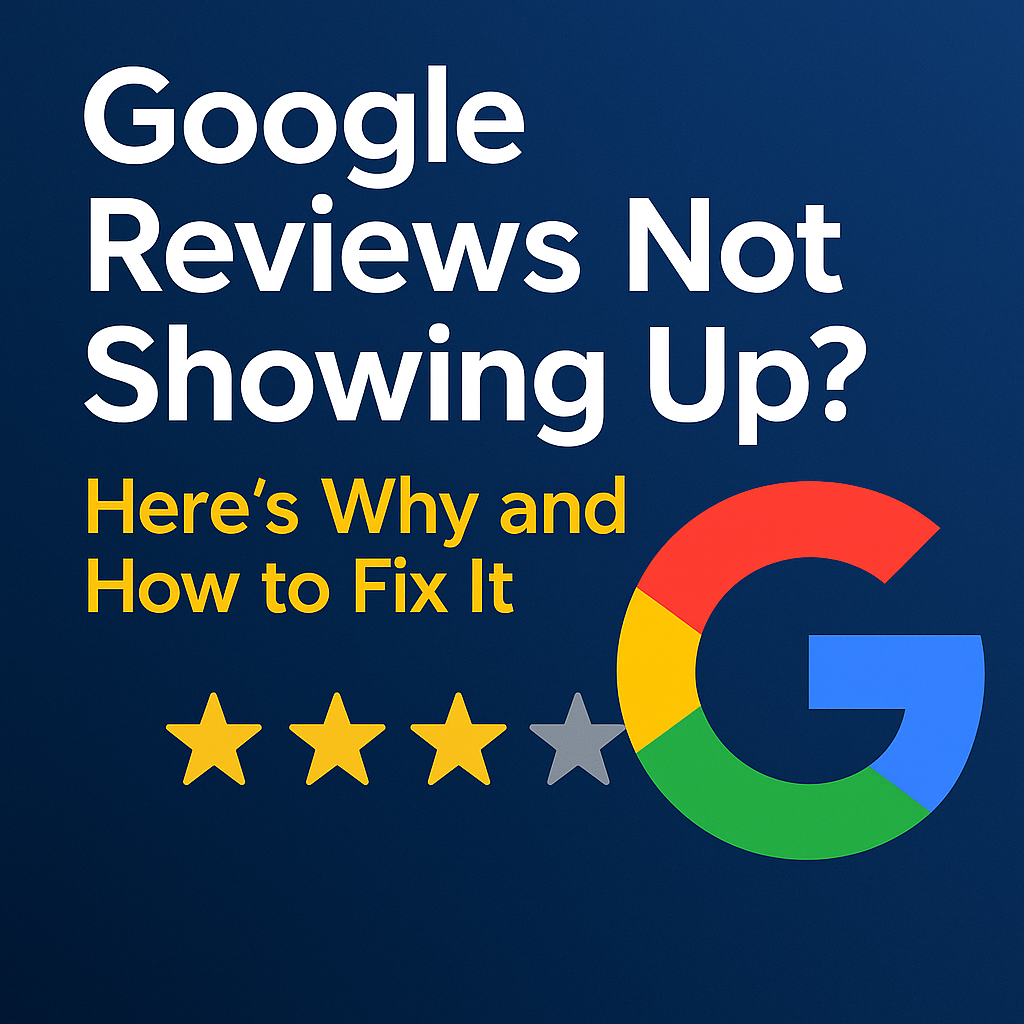Understanding Your Digital Footprint
A digital footprint is the trail of data you leave behind every time you interact online. From search engine queries to social media likes, every click contributes to your profile on the web.
There are two types:
- Active footprint: Data you intentionally submit online (posts, emails, form fills)
- Passive footprint: Data collected without your direct input (cookies, device tracking, IP logs)
“Every move online leaves a mark—some visible, some not.”
Why Your Digital Footprint Matters
- Employers search candidates’ names before hiring.
- Clients and partners check online reputations.
- Hackers target exposed profiles.
- Marketers track and retarget you.
A messy or unmanaged footprint can hurt trust, job offers, and even credit decisions. On the flip side, a clean and curated footprint builds authority, credibility, and connection.
Real-World Impact:
- 75% of HR departments are required to screen social media
- Financial institutions may deny loans based on online data
- One viral post can alter career or public perception
Examples of Your Digital Footprint
Active Footprint:
- Social media profiles and comments
- Public YouTube videos
- Personal blog posts
- Online reviews (Google, Yelp)
- Newsletter signups
- Online petitions or forum threads
Passive Footprint:
- Device location shared with apps
- Ad cookies on websites
- Browser fingerprinting
- IP address logs from websites you visit
- Search engine queries tied to login
Less Obvious Examples:
- Fitness app sharing running routes
- Smart speaker voice command history
- Streaming services tracking your watch habits
- Ride-sharing and delivery apps logging travel patterns
How Your Digital Footprint Is Used
1. By Advertisers
- To create retargeting profiles
- To serve behavioral and interest-based ads
2. By Recruiters
- To check candidate background and culture fit
3. By Hackers and Scammers
- To compile personal info for phishing, identity theft
4. By Data Brokers
- To sell your data to marketers, insurers, and credit agencies
5. By Search Engines
- To personalize search results (and sometimes limit objectivity)
6. By Insurance and Financial Companies
- To analyze risk profiles for coverage or rates
7. By Law Enforcement and Governments
- For investigations or surveillance of flagged behavior
Risks of an Unmanaged Digital Footprint
- Identity theft and account takeovers
- Reputation damage from old or inappropriate content
- Loss of professional opportunities due to negative search results
- Invasive advertising and loss of privacy
- Algorithmic discrimination in pricing, jobs, or insurance
- Targeted misinformation or manipulation during elections or crises
How to Find Your Digital Footprint
Search Yourself:
1. Google your full name in quotes
2. Try with middle initial, nicknames, or maiden name
3. Check Google Images, Videos, and News tabsUse Online Tools:
- HaveIBeenPwned — breach checks
- Spokeo or Whitepages — data broker scans
- Google Alerts — monitor mentions
- BackgroundChecks.org — reputation audit
Additional Checks:
- Facebook and Instagram privacy audits
- Data download from Google and Apple profiles
- Search archived content using Wayback Machine
Steps to Clean and Reduce Your Digital Footprint
1. Audit and Delete Old Accounts
- Close unused email, forum, or shopping accounts
- Use JustDelete.me to find opt-out pages
2. Remove or Request Deletion of Content
- Contact site admins to remove outdated pages
- Use Google’s Remove Outdated Content Tool
3. Opt-Out from Data Brokers
- Manually request removal from:
- Whitepages
- MyLife
- BeenVerified
- PeopleFinders
- Intelius
- Radaris
4. Use Privacy Browsers and Search Engines
- DuckDuckGo or Brave instead of Google
- Install uBlock Origin, Privacy Badger, and HTTPS Everywhere
5. Limit App Permissions and Location Tracking
- Turn off location services when not in use
- Revoke app access to contacts, camera, and microphone
6. Encrypt Your Data
- Use VPN services (NordVPN, ProtonVPN)
- Enable end-to-end encryption on messaging apps
- Regularly wipe cookies and cache
Best Practices to Manage Your Online Presence
✅ Build a Strong Personal Brand
- Own your name domain (e.g., yourname.com)
- Create or update LinkedIn, About.me, and Medium profiles
- Publish positive, relevant content tied to your expertise
- Use SEO to push positive content to page 1 of Google
✅ Monitor Regularly
- Set Google Alerts
- Use SEO tools like SEMrush or Brand24 to watch mentions
- Subscribe to credit or identity monitoring services
✅ Think Before You Post
- Would you want a future employer, investor, or client to see this?
- Never share sensitive data, travel plans, or location in real-time
✅ Secure All Accounts
- Use 2FA (two-factor authentication)
- Rotate passwords every 90 days
- Avoid reusing passwords across services
- Use password managers like Bitwarden or 1Password
What Parents and Teens Should Know
- College admissions scan students’ social profiles
- TikTok, Instagram, and Discord leave long-term traces
- Kids should understand their online behavior shapes future impressions
Parental Controls and Tools:
- Qustodio or Bark for activity monitoring
- Family Link from Google for Android devices
- Apple Screen Time for iOS parental controls
Tips for Families:
- Create online safety contracts
- Set private profiles by default
- Talk about cyberbullying, oversharing, and digital permanence
- Conduct family media audits once per quarter
OptimizeUp’s Role in Digital Footprint Management
At OptimizeUp, we help individuals and businesses:
- Remove outdated or harmful content from Google
- Suppress negative results with SEO strategies
- Monitor brand and personal reputation across platforms
- Create authority content to dominate the first page of search
- Audit data broker exposure and assist with opt-outs
- Support job seekers, public figures, and executives managing public scrutiny
👉 Get a free reputation audit and reclaim your online narrative today.
Frequently Asked Questions
A digital footprint is the data trail; online reputation is how that data is interpreted.
Focus on hiding or de-indexing outdated content, securing privacy settings, and producing positive content that outweighs the old.
Not everything, but many personal records and outdated content can be removed or suppressed.
Use tracker blockers, opt out of data brokers, and browse anonymously.
Yes—even deleted posts may be archived or screenshotted. Assume permanence.
Yes. Public content can be considered in hiring, admissions, and partnerships.
Brand24, Mention, and SEMrush offer long-term monitoring and alerts.





